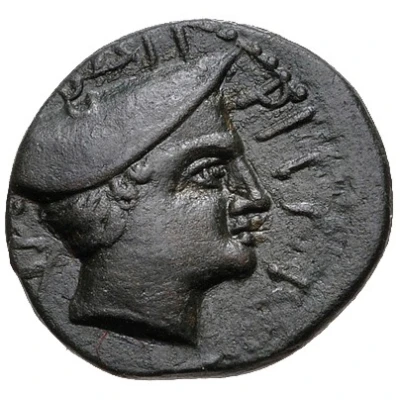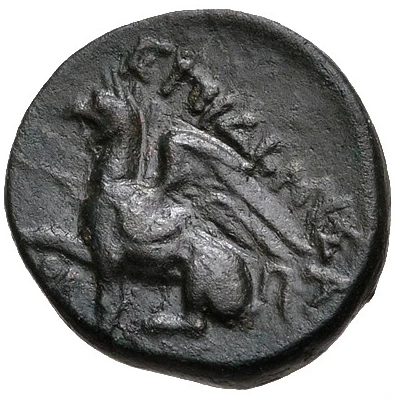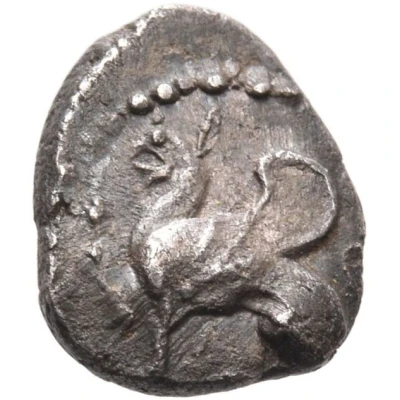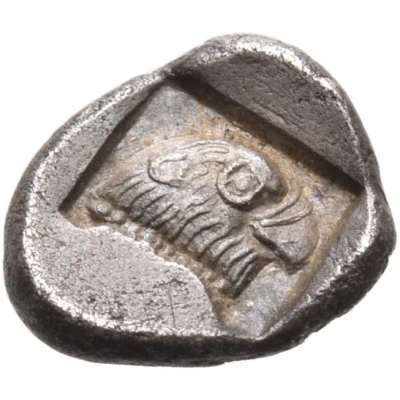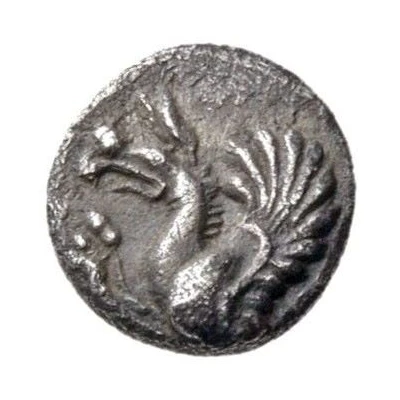
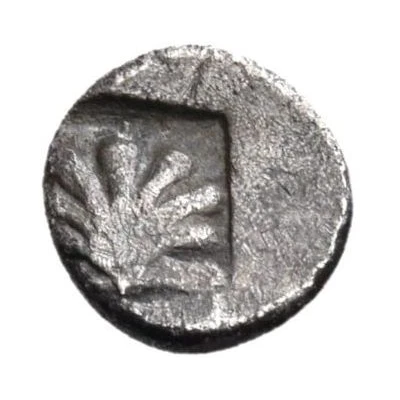

© Nomos AG
Hemiobol 473 BC - 448 BC
| Silver | 0.27 g | 6 mm |
| Issuer | Abdera (Thrace) |
|---|---|
| Type | Standard circulation coin |
| Years | 473 BC - 448 BC |
| Value | Hemiobol (1⁄12) |
| Currency | Drachm |
| Composition | Silver |
| Weight | 0.27 g |
| Diameter | 6 mm |
| Shape | Round (irregular) |
| Technique | Hammered, Incuse |
| Demonetized | Yes |
| Updated | 2024-10-10 |
| Numista | N#399874 |
|---|---|
| Rarity index | 100% |
Reverse
Scallop shell in incuse square.
Interesting fact
The Hemiobol coin was used as a form of currency in ancient Greece, specifically in the city of Abdera, located in the region of Thrace. The coin was made of silver and weighed approximately 0.27 grams. Despite its small size, the Hemiobol was an important coin in ancient Greece, as it was used to purchase small items and was also used as a form of payment for various services. Additionally, the Hemiobol was one of the first coins to feature an image of a deity, with the obverse side of the coin depicting the head of the goddess Demeter. This makes the Hemiobol a significant piece of history, not only for its monetary value but also for its cultural and religious significance.
